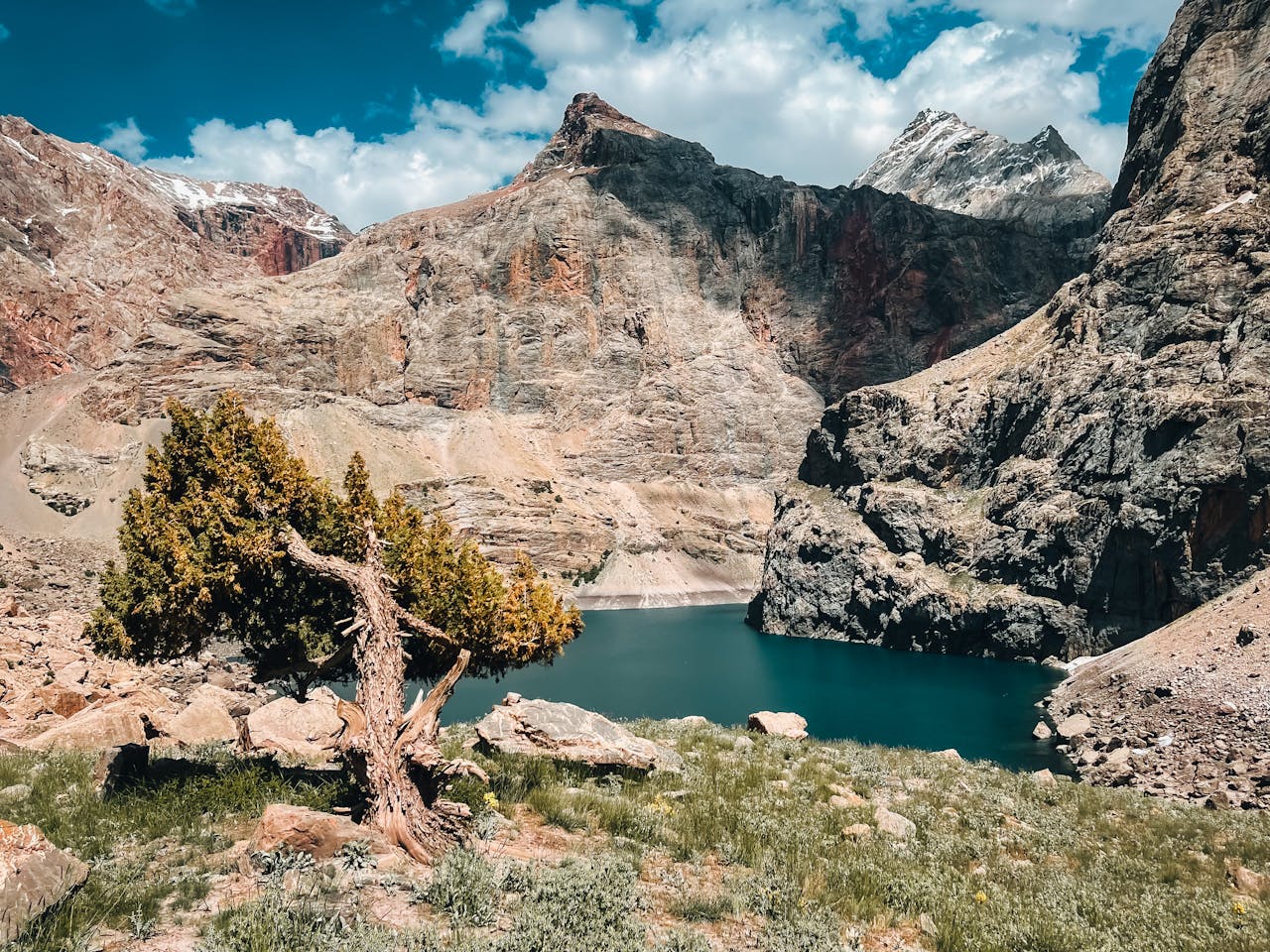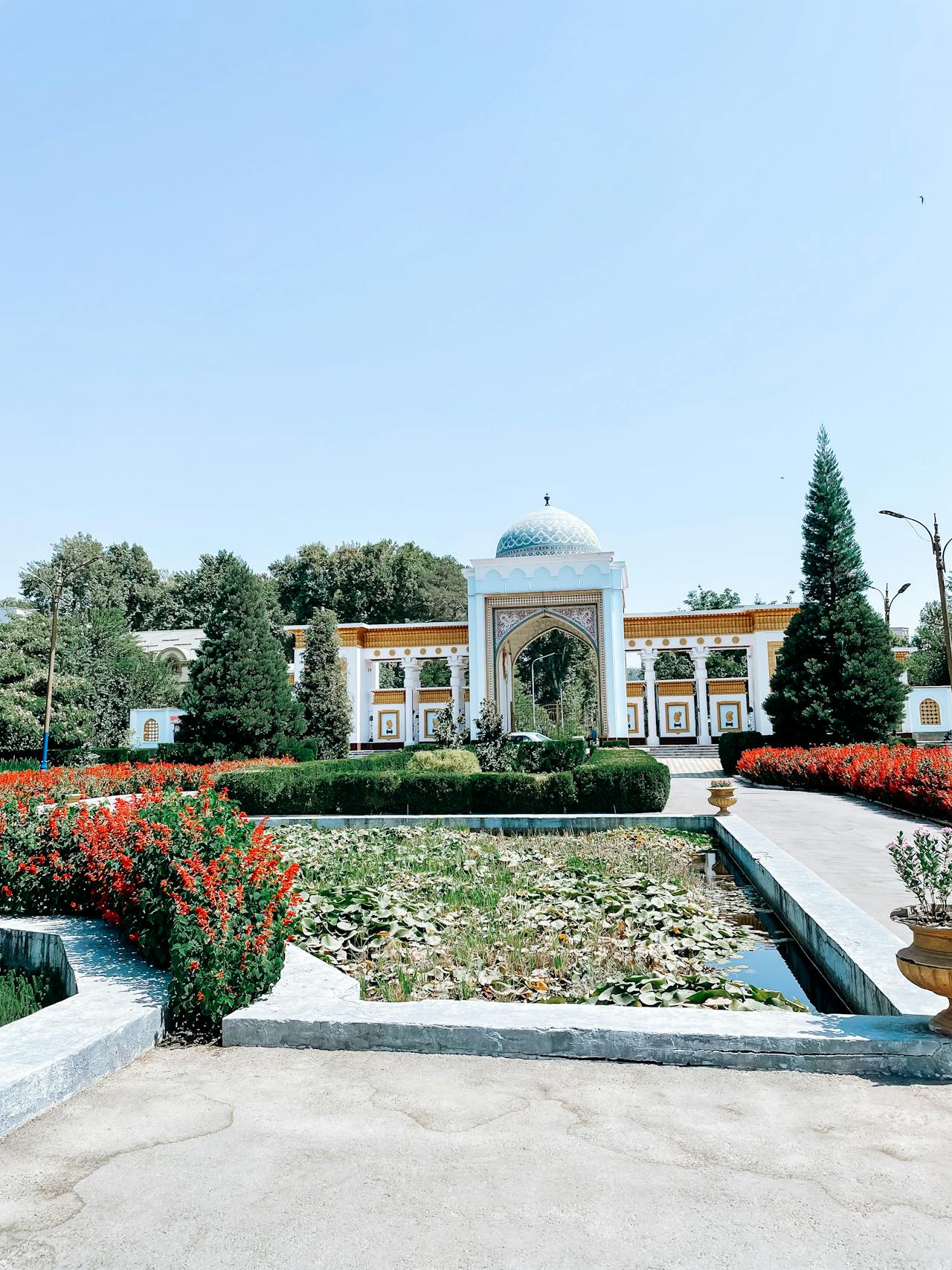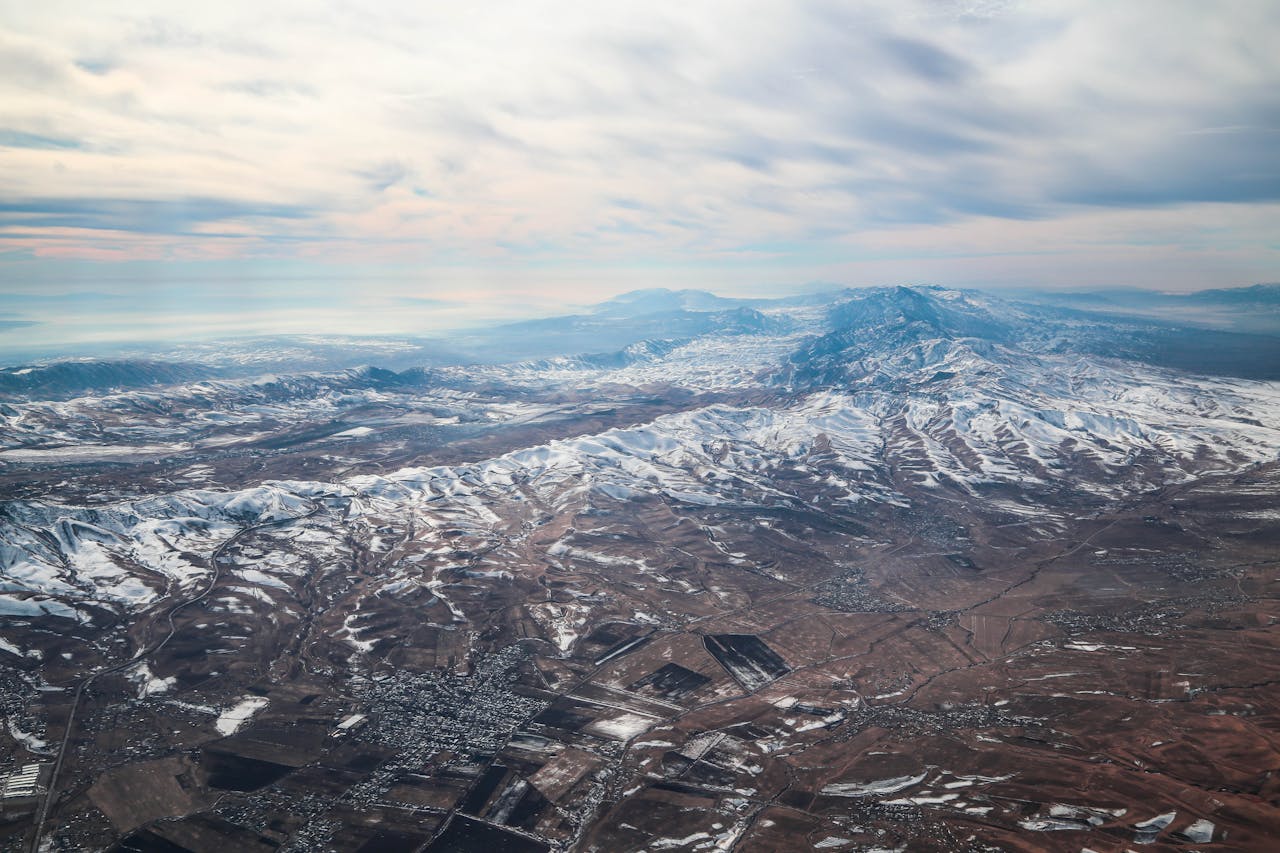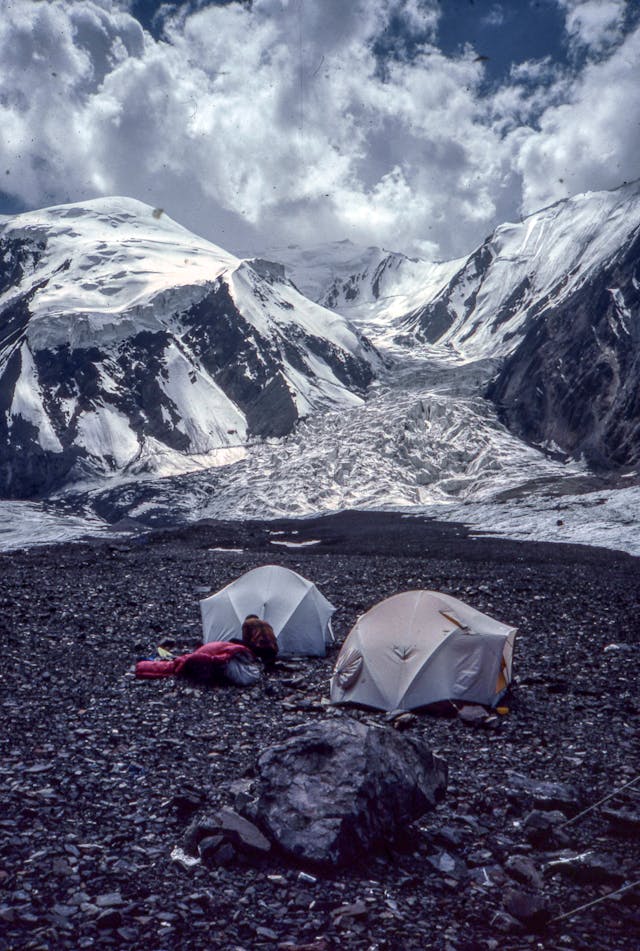Tajikistan: The Rugged Heart of Central Asia

Tajikistan is a hidden gem in Central Asia, offering travelers towering mountains, ancient Silk Road history, warm hospitality, and remote adventure. From the Pamir Highway to Dushanbe’s architecture, discover a land untouched by mass tourism.
Tajikistan: The Rugged Heart of Central Asia
Tajikistan, a mountainous and landlocked country in Central Asia, remains one of the most unspoiled and adventurous destinations in the world. Nestled between Afghanistan, China, Kyrgyzstan, and Uzbekistan, this nation of high peaks, crystal-clear lakes, and ancient culture is slowly emerging as a paradise for trekkers, explorers, and cultural wanderers.
Though Tajikistan may not be the first country that comes to mind when planning a trip to Asia, its Pamir Mountains, Silk Road legacy, and authentic traditions make it one of the most fascinating and rewarding destinations for off-the-beaten-path travelers.
🏙️ Dushanbe: The Capital of Contrasts
Dushanbe, the capital and largest city of Tajikistan, is a mix of Soviet-style architecture, Islamic culture, and blossoming modernization.
-
Rudaki Park – A beautifully maintained central park with fountains and green spaces.
-
National Museum of Tajikistan – Learn about the history and culture of the region from prehistory to modern times.
-
Ismaili Centre – A symbol of religious diversity and architectural elegance.
-
Flagpole Park – Home to one of the tallest flagpoles in the world.
-
Victory Park – Offers panoramic views of the city and mountains.
While Dushanbe is relatively small by global standards, it is an essential starting point for understanding Tajik culture and planning trips into the mountains.
⛰️ Pamir Highway: One of the World’s Great Road Trips
The Pamir Highway (M41) is legendary among adventure travelers. Stretching through the Pamir Mountains, often called the "Roof of the World," it is the second-highest international highway after the Karakoram Highway in Pakistan.
-
Start: Dushanbe
-
End: Osh (Kyrgyzstan)
-
Highest Point: Ak-Baital Pass (4,655 meters)
Expect surreal landscapes, small villages, yaks crossing the road, and stops in high-altitude towns like Khorog, Murghab, and Langar. The journey is more than just a road trip—it’s a spiritual and cultural odyssey through one of the most remote parts of Asia.
🏞️ Nature: Mountains, Lakes, and Valleys
Tajikistan is 93% mountainous, offering some of the most dramatic terrain in Asia. It is home to:
-
Fann Mountains – Popular for hiking, especially the trail to Seven Lakes (Haft Kul) and Iskanderkul Lake, named after Alexander the Great.
-
Pamir Mountains – Towering peaks and deep valleys with isolated communities.
-
Yamchun Fortress & Bibi Fatima Hot Springs – Located near the Afghan border in the Wakhan Valley.
-
Karakul Lake – A surreal, high-altitude salt lake surrounded by snowcapped peaks.
-
Bartang Valley – A hidden paradise with little infrastructure but jaw-dropping beauty.
🛕 Culture and People
The people of Tajikistan are predominantly Tajik, an ethnic group closely related to Persians, and the national language is Tajik, a variant of Farsi. The population is predominantly Muslim, with Islam playing a significant role in daily life.
Despite economic challenges, the Tajik people are known for their hospitality, poetry, music, and deep respect for guests. Rural villages will often invite travelers in for tea, bread, and conversation, even without a common language.
Cultural highlights include:
-
Navruz Festival – Celebrated in March to welcome spring and the new year.
-
Traditional Dance & Dress – Colorful attire and music are essential parts of weddings and village gatherings.
-
Hospitality in Homestays – The best way to connect with Tajik life is by staying with locals.
🧭 Travel Logistics
-
Capital: Dushanbe
-
Currency: Tajikistani Somoni (TJS)
-
Official Language: Tajik
-
Religion: Islam (Sunni majority)
-
Best Time to Visit: June to September (for mountain access)
-
Visa: E-visa available for most nationalities
Travel in Tajikistan can be challenging—roads are rough, infrastructure is basic, and public transport is sparse outside of cities. However, these factors also preserve its untouched charm.
🏛️ Historical Significance
Tajikistan's location along the ancient Silk Road made it a cultural crossroads for Persian, Turkic, Chinese, and Russian influences. Ancient fortresses, Buddhist stupas, and Zoroastrian fire temples are scattered across the countryside.
-
Penjikent Ruins – Once called the "Pompeii of Central Asia," this city was a flourishing Sogdian hub.
-
Hissor Fortress – Near Dushanbe, this site has seen Persian, Greek, Arab, and Soviet occupants.
-
Murghab Buddhist Stupas – Remnants of Buddhism before the Islamic conquests.
🍽️ Tajik Cuisine
Simple, hearty, and comforting—Tajik food reflects the rural lifestyle:
-
Plov (Pilaf) – Rice with lamb, carrots, and onions; a Central Asian staple.
-
Shurbo – Hearty soup with lamb and vegetables.
-
Qurutob – Yogurt-based dish with onions and flatbread.
-
Sambusa – Meat- or vegetable-filled pastries.
-
Non (bread) – Served with every meal and considered sacred.
Green tea is the national drink, often enjoyed with dried fruits and nuts.
💬 Safety and Responsible Travel
While Tajikistan is generally safe, travelers should:
-
Stay updated on border regions, especially near Afghanistan.
-
Be prepared for high altitudes in the Pamirs.
-
Carry cash—ATMs are rare outside major cities.
-
Respect conservative dress codes in rural areas.
Traveling responsibly means hiring local guides, staying in village homestays, and respecting environmental and cultural norms.
💡 Why Visit Tajikistan?
-
One of the least touristy countries in the world.
-
Endless trekking, climbing, and biking opportunities.
-
Deep cultural authenticity and genuine human connection.
-
Surreal high-mountain landscapes you won’t see elsewhere.




Comments (0)
Please login to leave a comment.